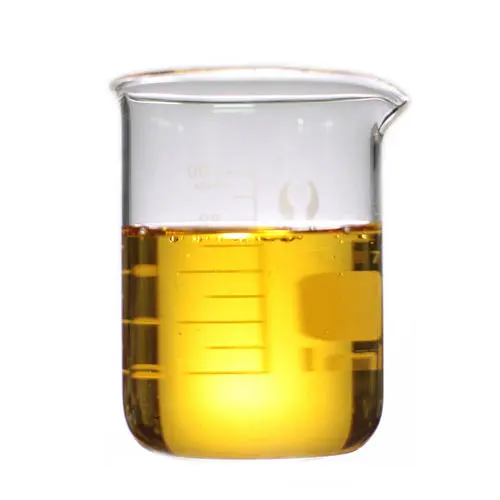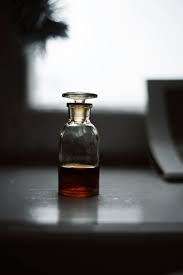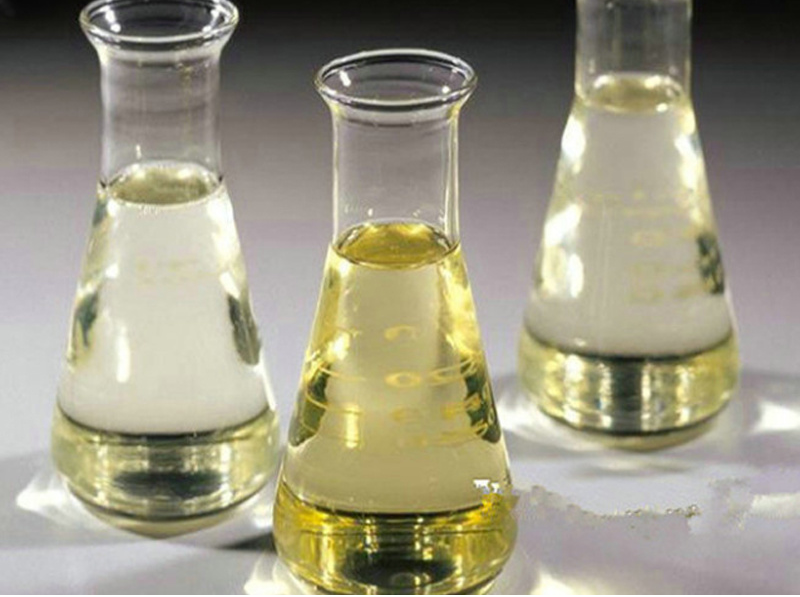**Tiny Lungs in Trouble: When Babies Run Low on Life-Saving Surfactant**
(What Would Happen In A Premature Infant If Insufficient Surfactant Were Available)
Babies born too soon face many hurdles. One critical challenge hides deep inside their tiny chests: a lack of surfactant. This isn’t some complex chemical term to gloss over. It’s a vital substance, a lifeline for breathing. Without enough, a premature infant fights an uphill battle just to take air into their lungs. Let’s explore why this slippery stuff is so crucial and what happens when it’s missing.
**1. What is Surfactant? The Lung’s Slippery Savior**
Think of surfactant as your lungs’ built-in lubricant. It’s a complex mixture. Mostly fats (phospholipids like phosphatidylcholine make up about 80%) and specific proteins coat the inside of the tiny air sacs in your lungs, called alveoli. These sacs are where the vital exchange of oxygen and carbon dioxide happens.
Picture countless tiny bubbles. Surfactant acts like soap does for soap bubbles. It lowers the surface tension – the force pulling the liquid lining of the alveoli inward, trying to collapse the bubble. Without surfactant, the surface tension is high. The alveoli walls stick together like wet plastic sheets. Blowing them open requires immense effort. For a full-term baby, surfactant production kicks into gear late in pregnancy. Their lungs are ready. For a preemie, this essential production line might not be up and running yet. The result? Lungs that are stiff and incredibly hard to inflate.
**2. Why is Surfactant So Critical for Premature Babies?**
The answer is simple: survival and breathing. Premature infants, especially those born before about 32 weeks, often haven’t developed the cells (type II pneumocytes) that make surfactant. Their lungs are structurally immature too. They are like delicate, under-inflated balloons with thick walls.
High surface tension inside the alveoli without surfactant is a disaster. First, inflating the lungs the first time after birth takes enormous effort. Each breath becomes a struggle. Second, and worse, the alveoli tend to collapse completely at the end of each exhale. Imagine blowing up a balloon coated with honey instead of soap – it resists inflation and collapses instantly when you stop blowing. This collapse is called atelectasis.
Collapsed alveoli don’t exchange oxygen. The baby works harder and harder but gets less and less oxygen into their blood. Carbon dioxide builds up. This struggle consumes huge amounts of precious energy a tiny preemie doesn’t have to spare. The heart strains to pump blood through collapsed lung areas. Without intervention, the baby tires out. Breathing fails. This is the core of Respiratory Distress Syndrome (RDS), the major lung problem in preemies directly linked to surfactant lack.
**3. How Does Surfactant Deficiency Cause Respiratory Distress Syndrome (RDS)?**
The lack of surfactant sets off a chain reaction. It starts with those collapsing alveoli due to high surface tension. Here’s the step-by-step breakdown:
1. **Hard Inflation:** The first breaths are incredibly difficult. The lungs resist opening.
2. **Widespread Collapse:** Alveoli collapse at the end of expiration (atelectasis).
3. **Poor Oxygen, CO2 Buildup:** Collapsed areas mean no gas exchange. Oxygen levels in the blood drop dangerously low (hypoxemia). Carbon dioxide levels rise (hypercapnia).
4. **Lung Stiffness:** The collapsed areas make the whole lung stiff and non-compliant. More pressure is needed for each breath.
5. **Inflammation & Damage:** The collapsed areas and the intense effort to breathe irritate the lung tissue. Fluid leaks into the alveoli. Proteins that fight surfactant build up. This inflammation makes things even worse, damaging lung cells further.
6. **The Vicious Cycle:** The damage and inflammation actually harm the baby’s own developing surfactant-producing cells. This makes the surfactant deficiency even more severe. It becomes harder and harder to break the cycle.
You see the baby working hard to breathe – rapid breaths, grunting (trying to keep air in), flaring nostrils, and ribs sucking in with each effort. Their skin might look blue or pale. This is classic RDS. It’s directly caused by not having enough functional surfactant. The severity depends on how premature the baby is and how little surfactant they have.
**4. Applications: Surfactant Replacement Therapy – A Lifesaving Treatment**
Thankfully, medical science offers a powerful weapon against RDS: surfactant replacement therapy (SRT). Doctors don’t have to wait for the baby’s lungs to mature on their own. They can give surfactant directly.
**How it’s Done:** A thin tube (catheter) is passed down the breathing tube (endotracheal tube) already placed for ventilation. Liquid surfactant is slowly instilled directly into the baby’s lungs. The baby is carefully positioned to help the surfactant spread through the lung airways and reach the alveoli. This is usually done soon after birth if RDS is severe or expected.
**The Impact is Dramatic:** Think of pouring soap solution into those sticky, collapsed bubbles. Surfactant therapy acts fast. It rapidly lowers surface tension. Stiff lungs become more flexible and easier to inflate. Collapsed alveoli pop open. Oxygen levels in the blood usually improve significantly, sometimes within minutes. Breathing becomes less labored. The need for high ventilator pressures and extra oxygen often decreases quickly.
**The Result:** Surfactant replacement therapy has revolutionized neonatology. It drastically reduces the severity of RDS. It prevents many deaths. It lowers the risk of serious complications like lung rupture (pneumothorax) and bleeding in the brain. It shortens the time babies need breathing machines and oxygen. In short, it gives countless premature infants a much better chance at survival and healthier lungs long-term.
**5. FAQs About Surfactant and Premature Babies**
**Q: Is surfactant therapy safe?**
A: Yes, it’s very safe overall. Like any medical procedure, there are small risks. These can include brief drops in heart rate or oxygen levels during the administration. Blockage of the breathing tube by the thick liquid is possible but managed by the medical team. The benefits of preventing severe RDS far outweigh these small, manageable risks.
**Q: Does every premature baby need surfactant?**
A: Not always. Doctors assess the baby’s condition. Factors include gestational age (how early they were born), signs of breathing problems, and chest X-ray findings showing RDS. Very premature babies often get surfactant quickly. Moderately premature babies might only get it if they develop significant RDS symptoms.
**Q: How many doses might a baby need?**
A: Often, one dose is enough to make a big difference. Some babies, especially the very smallest or sickest, might need a second dose, sometimes a third. The medical team decides based on the baby’s breathing and oxygen needs.
**Q: Is surfactant natural or artificial?**
A: Both types exist and are used:
* **Animal-derived (Natural):** Made from cow or pig lungs. Contains the natural phospholipids and proteins. Most commonly used first.
* **Synthetic:** Made in a lab. Earlier versions lacked proteins and weren’t as effective. Newer synthetic surfactants include synthetic proteins and work very well. Research continues to improve them.
**Q: Is surfactant therapy expensive?**
(What Would Happen In A Premature Infant If Insufficient Surfactant Were Available)
A: Yes, surfactant is a costly medication. However, it saves money overall. It prevents the need for prolonged, expensive intensive care stays. It prevents costly complications of severe RDS. It saves lives. Most health systems consider it essential and cost-effective.
Inquiry us
if you want to want to know more, please feel free to contact us. (nanotrun@yahoo.com)




